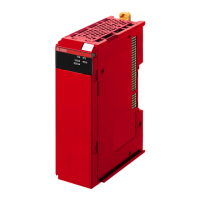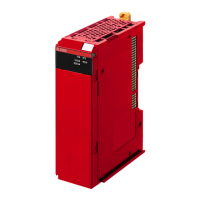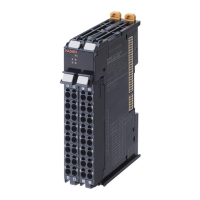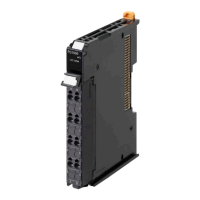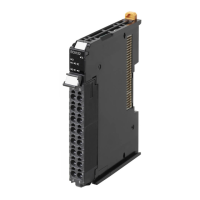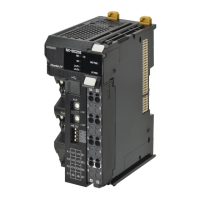4 Setting connections
Link the output tag sets for the target device and the input tag sets for the originator device as
connections.
l
Connection Setting Parameters
The connection settings in step 4 above have the following setting parameters.
• Setting the Requested Packet Interval (RPI)
The RPI (Requested Packet Interval) is the I/O data refresh cycle on the Ethernet line when tag
data links are established. With EtherNet/IP
, data is exchanged on the communications line at
the RPI that is set for each connection, regardless of the number of nodes.
With the EtherNet/IP port, you can set RPI for each connection.
• Setting Multi-cast or Unicast Communications
You can select a multicast connection or unicast (point-to-point) connection as the connection
type in the tag data link connection settings.
With a multicast connection, you can send an output tag set in one packet to multiple nodes and
make allocations to the input tag sets.
A unicast connection separately sends one output tag set to each node, and so it sends the
same number of packets as the number of input tag sets.
Therefore, multicast connections can decrease the communications load if one output tag set is
sent to multiple nodes.
To use a multicast connection and send an output tag set in one packet to multiple nodes, the
following settings for the receiving node must be the same as the settings of the sending node:
the connection type (multicast), the connection I/O type, packet internal (RPI), and timeout value.
Precautions for Correct Use
• The performance of communications devices is limited to some extent by the limitations of
each product's specifications. Consequently, there are limits to the packet interval (RPI) set-
tings.
Refer to
12-2 Adjusting the Communications Load on page 12-7Checking the Device Band-
width Usage on page A-26 and set an appropriate packet interval (RPI).
• If multicast connections are used, however, use an Ethernet switch that has multicast filtering,
unless packets are received by all nodes in the network.
If an Ethernet switch without multicast filtering is used, multicast packets are broadcast to the
entire network, and so the packets are sent to nodes that do not require them, which will
cause the communications load on those nodes to increase.
• If you use data tag links with multicast traffic at a baud rate over 100 Mbps, use an Ethernet
switch that supports a baud rate of 1000 Mbps.
If there is an Ethernet device on the same network that communicates at 100 Mbps or less,
the device may affect tag data link communications and cause tag data links to be broken,
even if the device is not related to tag data link communications.
Additional Information
• To calculate the number of connections of each connection type, refer to 12-1-2 Calculating
the Number of Connections on page 12-5.
•
If the maximum number of connections is exceeded, you must review the number of connec-
tions for the built-in EtherNet/IP port, or the number of nodes. Also consider adding NX-series
EtherNet/IP Units.
9 Tag Data Link Functions
9-9
NX-series EtherNet/IP Unit User's Manual (W627)
9-1 Introduction to Tag Data Links
9
9-1-4 Overview of Operation
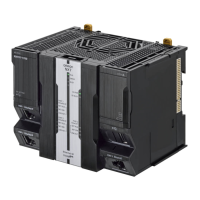
